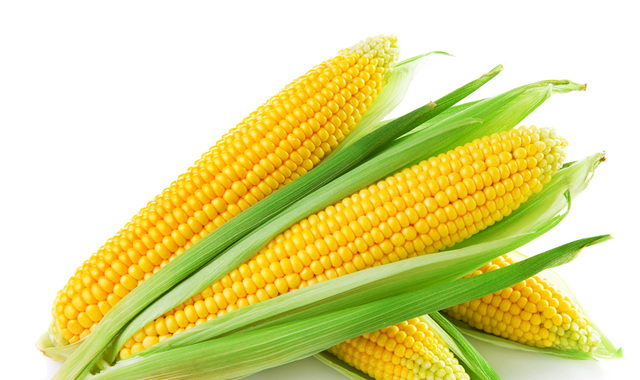
BY RACHEL BELLE on July 31, 2013
Good day, class. Today we’re going to learn about GMOs. Those three little letters have been in the news a lot lately, and most people don’t really know what it means. For example, today in our show prep meeting, I told the guys I was doing a story on GMOs and Ron said:
“What’s the ‘O’ stand for? Genetically Modified…O?”
Organism. Genetically Modified Oganism. It’s also called GE, Genetically Engineered.
This November, Washingtonians will vote on I-522 to decide if foods and seeds containing GMOs should be labeled at grocery and home and garden stores.
Trudy Bialic is director of public affairs for PCC Natural Markets. She wants the labeling. “Essentially all GMOs are either tolerating a pesticide or producing their own pesticide and insecticide. It’s engineered with properties that make the produce its own insecticide. You are eating a registered pesticide.”
GMOs can currently be found in some zucchini and yellow squash and sweet corn, which means they often show up in processed foods that contain corn syrup. But Trudy isn’t taking a stand on whether GMOs are good or bad. She simply wants the products labeled.
“I-522 is really about labeling,” says Trudy. “It’s not about the science. Labeling gives us transparency and it gives us, as shoppers, the ability to decide for ourselves what’s appropriate and best for us to buy and feed our families.”
But not everyone wants the labels. Dana Beiber is the spokesperson for the No on 522 campaign.
“We already have a labeling system that works perfectly,” Dana says. “For folks who want to avoid foods with GE ingredients in them, they can do so by looking for the organic label. So it’s not necessary. The other reason it’s not necessary to put a warning label on these foods is because we’ve been eating them for decades and we have overwhelming scientific research that tells us that the foods are safe.
She says farmers will either have to spend money on a new label, that’s specific to Washington state, or change the ingredients in their product.
“I think it’s consumers who are really gonna end up paying the bill for us,” Dana says. “We can expect our grocery bills to go up by hundreds of dollars per year to pay for this unnecessary labeling system.”
Trudy says 64 countries and a few other states have already passed GMO labeling laws.
“Two-thirds of Washingtonians support labeling of genetically engineered foods. There are only five corporations that are funding the opposition. Five! They’re protecting their profits. Their concern is not the right to know for all Washingtonians. We all should know what’s in our food.”
We already label products with their fat and sodium content, we list all the ingredients, so what’s the harm in alerting consumers to GMOs?
“The fat or the sodium or whether it has eggs or peanuts in it, all that’s placed on every label throughout the country. It’s also on the back of the product. It’s not a warning label on the front of the product. Make no mistake, 522 is a warning label. In fact, the proponents have said they want it to be a skull and crossbones label on the front of a package.”
The spokesperson from Yes on I-522 says they have no intention of using a skull and crossbones, just a simple couple of words.
Class dismissed.
